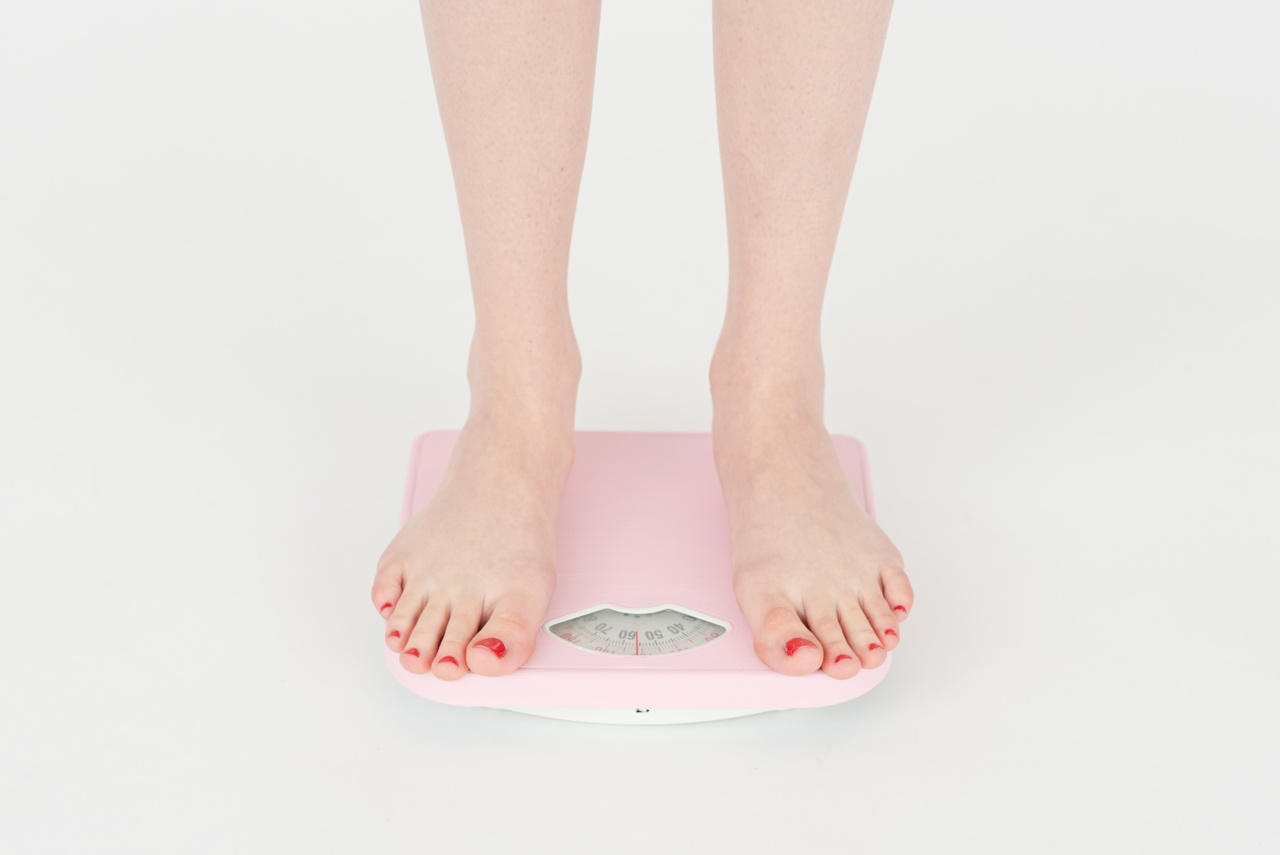Leg fungal infections, medically known as tinea pedis or athlete’s foot, are common and can be quite bothersome.
These infections typically occur due to microscopic fungi that thrive in warm, moist environments, such as shoes, socks, and locker rooms. While they are generally not serious, they can cause discomfort, itching, and pain if left untreated.
Thankfully, there are several preventative measures you can take to reduce your risk of developing leg fungal infections. By following these simple guidelines, you can keep your feet healthy and free from the discomfort caused by these pesky fungi.
So, let’s dive into some essential tips to help you stay fungus-free:.
1. Keep your feet clean and dry
One of the most effective ways to prevent leg fungal infections is to maintain good foot hygiene. Make sure to wash your feet with soap and warm water daily. This helps eliminate any dirt or sweat that may encourage fungal growth.
After washing, thoroughly dry your feet, especially between the toes, as moisture can promote fungal growth.
2. Wear clean and breathable socks
The type of socks you wear can significantly impact your susceptibility to foot fungus. Opt for socks made from breathable materials like cotton or moisture-wicking fabrics. These materials help absorb sweat and keep your feet dry.
It’s crucial to change your socks daily, especially if you sweat excessively.
3. Choose breathable footwear
Similar to socks, the footwear you choose plays a vital role in preventing leg fungal infections. Select shoes that are made of breathable materials like leather or mesh.
These materials allow air circulation, keeping your feet dry and reducing the risk of fungal growth. Avoid wearing tight shoes or those made from synthetic materials that trap moisture.
4. Use antifungal powders or sprays
An effective preventative measure against leg fungal infections is to use antifungal powders or sprays. Apply these products on your feet and inside your shoes daily to help kill any fungi present and prevent new growth.
Be sure to read and follow the instructions provided by the manufacturer for safe and effective use.
5. Avoid walking barefoot in public areas
Public places such as locker rooms, gyms, and swimming pools can harbor fungal infections. To reduce your risk, always wear shower shoes, flip-flops, or sandals when walking in these areas.
This simple act can help protect your feet from coming into direct contact with contaminated surfaces.
6. Keep your toenails trimmed and clean
Proper toenail care is crucial for preventing leg fungal infections. Trim your toenails regularly, keeping them short and straight across. Avoid cutting them too short or rounding the edges, as this can lead to ingrown toenails.
Additionally, keep your toenails clean and dry, and avoid sharing nail clippers or other nail care tools.
7. Allow your shoes to air out
After wearing shoes, it’s essential to allow them to dry out and air out. This helps prevent the buildup of moisture that encourages fungal growth. Alternate between different pairs of shoes to give each pair sufficient time to dry completely.
It’s also a good idea to expose your shoes to sunlight occasionally, as ultraviolet (UV) rays can help kill fungi.
8. Wash and replace your footwear regularly
Regularly washing and replacing your footwear is another vital preventative measure against leg fungal infections. If your shoes are machine-washable, follow the manufacturer’s instructions for cleaning.
For shoes that can’t be washed, use a damp cloth to remove dirt and sweat. Remember to replace old and worn-out shoes, as they may increase your risk of fungal infections.
9. Avoid sharing personal items
To prevent the spread of leg fungal infections, avoid sharing personal items like towels, socks, shoes, or nail clippers with others. Fungi can easily transfer from one person to another through these items, increasing the risk of infection.
Additionally, sanitize any shared surfaces regularly to eliminate any potential fungal contamination.
10. Seek medical treatment for persistent infections
If you suspect you have a leg fungal infection or if your symptoms persist despite following preventative measures and home treatments, it’s essential to seek medical treatment.
A healthcare professional can diagnose the infection accurately and provide appropriate antifungal medications.
By adopting these preventative measures and incorporating them into your daily routine, you can significantly reduce your risk of leg fungal infections.
Remember, maintaining good foot hygiene, wearing breathable socks and shoes, and avoiding shared surfaces can go a long way in keeping your feet healthy and fungus-free.































